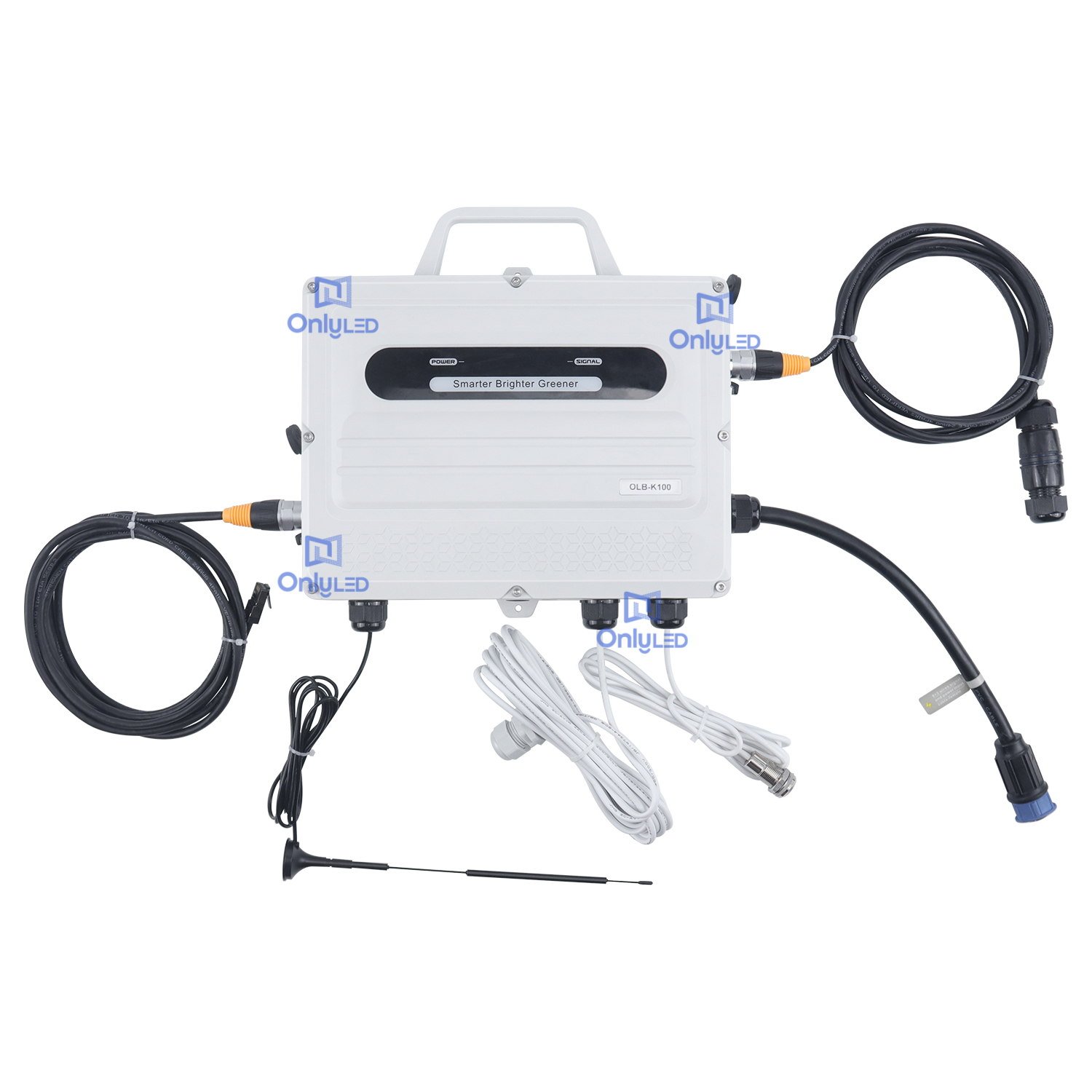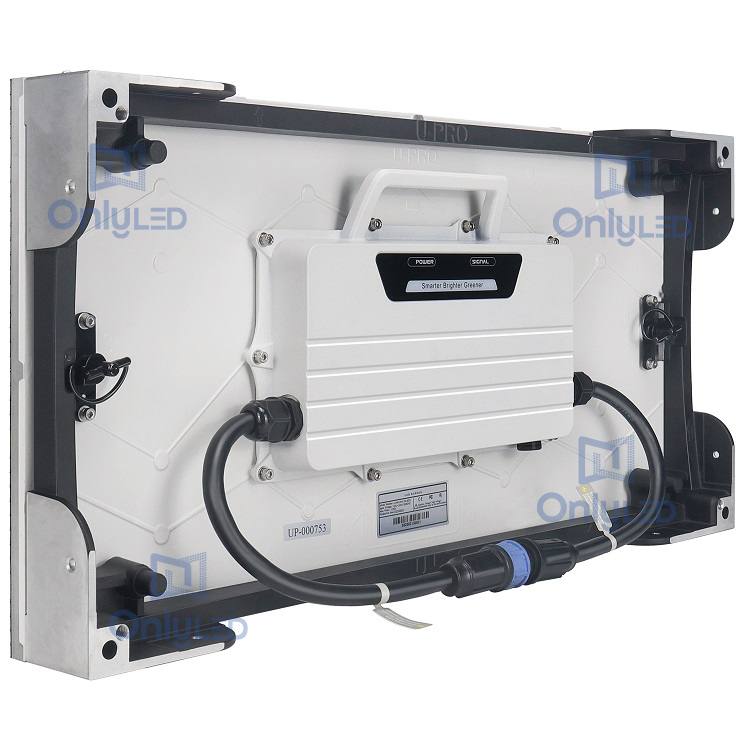Industry News
The Power of Visual Communication: Introduction to Digital Signage Systems

Digital signage systems revolutionize the way information is conveyed and displayed to audiences. From retail stores and transportation hubs to corporate offices and educational institutions, digital signage has become ubiquitous. This article aims to provide a comprehensive understanding of what digital signage systems entail, their significance, and the benefits they offer.
1. What is a Digital Signage System?
A digital signage system is a network of digital displays that are centrally controlled and managed through software. These displays, also known as digital signs or digital out-of-home (DOOH) media, can showcase a variety of content, including images, videos, animations, and text. Unlike traditional signage that relies on static print media, digital signage allows for dynamic, real-time communication with the audience.
These systems typically consist of three main components:
1. Digital Displays: These are the screens used to display the content. They can vary in size and type, such as LCD, LED, or OLED screens, mounted on walls, kiosks, or even outdoor billboards.
2. Media Players: These devices enable the transmission and playback of content on the digital displays. They are responsible for decoding the content files and ensuring smooth playback.
3. Content Management System (CMS): The CMS is the central software that allows users to create, schedule, and manage content across multiple digital displays. It provides a user-friendly interface that simplifies the process of updating and customizing content as per the desired audience and goals.
2. The Significance of Digital Signage Systems
Digital signage systems offer numerous advantages compared to traditional advertising and communication methods. The key significance lies in their ability to:
1. Capture Attention: By utilizing vibrant visuals, motion, and interactive elements, digital signage attracts and engages viewers more effectively than static signs. The dynamic nature of these displays makes them stand out in crowded environments, ensuring messages are noticed.
2. Deliver Real-time Information: Unlike traditional signage that requires manual replacement or updates, digital signage systems enable instant content modification and distribution. This allows businesses and organizations to deliver up-to-date information, announcements, promotions, and news to their target audience in real-time.
3. Enhance Customer Experience: Digital signs can provide relevant, personalized content that matches the preferences and demographics of viewers. This tailored approach enhances the overall customer experience, leading to increased satisfaction and improved brand loyalty.
3. The Benefits of Digital Signage Systems
Implementing a digital signage system can yield several benefits for businesses and organizations:
1. Increased Visibility and Brand Awareness: Digital signage helps businesses gain greater visibility in highly competitive markets. It allows for enhanced brand recognition and recall through eye-catching visuals and targeted messaging.
2. Cost-efficient Advertising: Digital signage eliminates the printing and distribution costs associated with traditional advertising methods. This makes it a cost-effective solution in the long run, especially for businesses that frequently update their content or have multiple locations.
3. Streamlined Information Sharing: Digital signage offers a centralized platform to disseminate information across multiple locations or departments. It enables organizations to provide consistent messaging, reducing the need for individual communication efforts.
Conclusion
Digital signage systems have revolutionized the way information is communicated and displayed. By harnessing the power of dynamic visuals, real-time updates, and targeted messaging, organizations can capture attention, enhance customer experience, and achieve their communication objectives effectively. From increased brand awareness to streamlined information sharing, digital signage systems offer numerous benefits in today's fast-paced digital world.




